When someone lands on your website, their experience matters – more than most businesses realise. In fact, user experience (UX) can make or break whether a visitor turns into a customer.
- 1. Consistency Builds Trust
- 2. Design Should Be Clear, Not Clever
- 3. Your Website Must Work on Every Device
- 4. Speed Matters More Than You Think
- 5. Users Expect Feedback
- 6. Accessibility Isn’t Optional
- 7. Whitespace Is Powerful
- 8. Start with the User – Not the Business
- Why Work With a Web Design Agency?
- UX Isn’t Just for Tech Giants
While UX might seem like a tech-heavy concept, it simply means this: how easy and enjoyable your website is to use. And one of the best sources of UX insight comes from a place you might not expect – Android, the world’s most widely used mobile operating system.
With billions of users worldwide, Android has mastered the art of intuitive, user-friendly design. And many of the principles it follows can – and should – be applied to your business website. A professional web design agency can help translate these UX lessons into a high-performing website that attracts, engages, and converts your visitors.
Let’s take a look at some of the most valuable UX lessons from Android that your website could benefit from – and why working with the right agency makes all the difference.
1. Consistency Builds Trust
Android keeps things familiar. Whether you open a messaging app or a banking app, core elements behave in ways users expect – same buttons, similar layouts, predictable actions.
How this applies to your website:
Your customers don’t want to relearn how to use your website on every page. Consistent navigation, button styles, fonts, and branding build trust and reduce frustration.
A good web design agency ensures every part of your site feels cohesive, guiding users smoothly through your content and towards the actions you want them to take.
2. Design Should Be Clear, Not Clever
Android’s Material Design guidelines focus on simplicity, clarity, and depth. Visuals aren’t just attractive – they help users understand what to do next.
For your business:
Clever design may win awards, but clear design wins customers. A cluttered or confusing website drives people away.
3. Your Website Must Work on Every Device
Android powers phones, tablets, TVs, and more. Its designers had to master responsive layouts – ensuring everything works no matter the screen size.
The takeaway:
Your customers are on the go. If your website doesn’t work seamlessly on their phone, they’re not sticking around.
4. Speed Matters More Than You Think
On Android, slow apps get uninstalled. People simply don’t have time for delays – and the same is true for websites.
What this means for your site:
If your pages take more than a few seconds to load, you’re losing business.
5. Users Expect Feedback
On Android, every tap, swipe, and interaction provides some kind of response – a visual cue, animation, or message that says “yes, we’ve received your input.”
Your website should do the same:
When someone clicks a button or submits a form, they expect an immediate reaction. Without feedback, they may assume something’s gone wrong.
6. Accessibility Isn’t Optional
Android takes accessibility seriously, making sure users with different needs can still navigate, read, and interact with apps and devices.
How this affects your business:
Your website needs to work for everyone – including those with visual, hearing, or motor impairments. An experienced web design agency will follow accessibility standards (like WCAG) so your site is inclusive, legally compliant, and open to a wider audience.
7. Whitespace Is Powerful
Android’s design avoids clutter. It uses spacing strategically, letting important elements stand out and giving users a sense of calm and focus.
What this means for your site:
You don’t need to cram everything above the fold. Clean, spacious layouts are easier to read and more engaging.
8. Start with the User – Not the Business
Perhaps the most valuable lesson from Android is this: design everything around the user’s needs. Every screen, every button, every action is designed to make things easier for the person using it.
That’s how your website should work, too.
A professional web design agency will begin by understanding your customers – their goals, pain points, behaviours, and expectations. From there, they’ll create a site tailored to your audience, not just your internal preferences.
Why Work With a Web Design Agency?
It’s tempting to think that anyone can build a website using a drag-and-drop tool. But while DIY platforms can create something that “looks okay”, they rarely offer the performance, polish, and strategy that a professionally designed site delivers.
Here’s how a web design agency helps you apply these UX lessons in a way that drives results:
- Strategic Planning – They’ll start by understanding your business goals, ideal customers, and competitors.
- Custom Design – No templates here. Your site will reflect your brand, tone, and market position.
- Responsive & Accessible – Your site will look great and work flawlessly on any device, for any user.
- Optimised for Speed & SEO – Every detail is considered to maximise performance and search visibility.
- Ongoing Support – Post-launch updates, security, and advice keep your site evolving with your business.
UX Isn’t Just for Tech Giants
Android’s design success wasn’t accidental – it was built on years of refining how people interact with technology. Those same principles can transform your website into a tool that not only looks good but works hard for your business.
Great UX isn’t just for apps. It’s for your business website, too – and the right agency can help you get there.



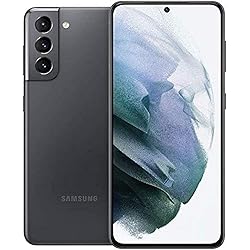
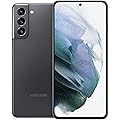
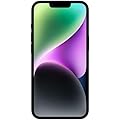


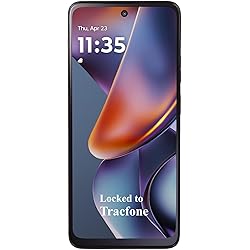
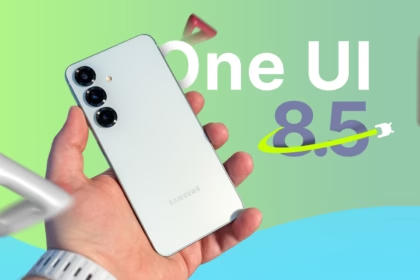

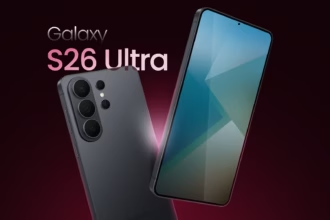

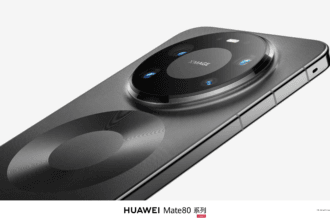
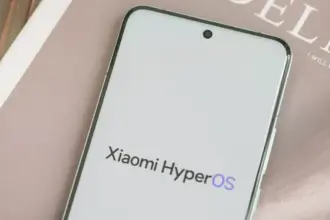
This was a great read, Android’s UX principles like consistency, clarity, and speed really highlight how simple choices make a huge impact on web design. I especially liked the point about whitespace and mobile performance, timeless lessons for any designer.